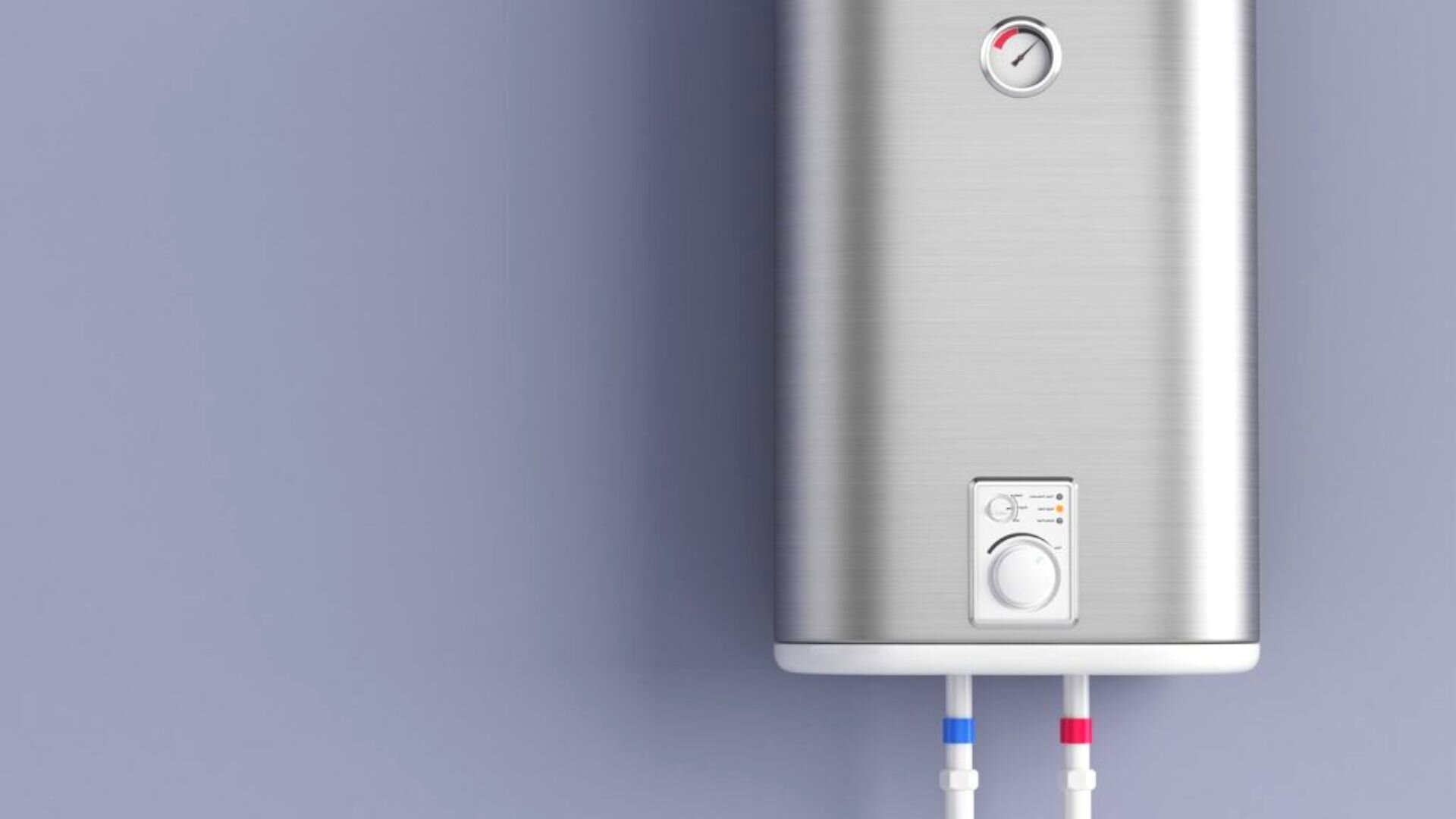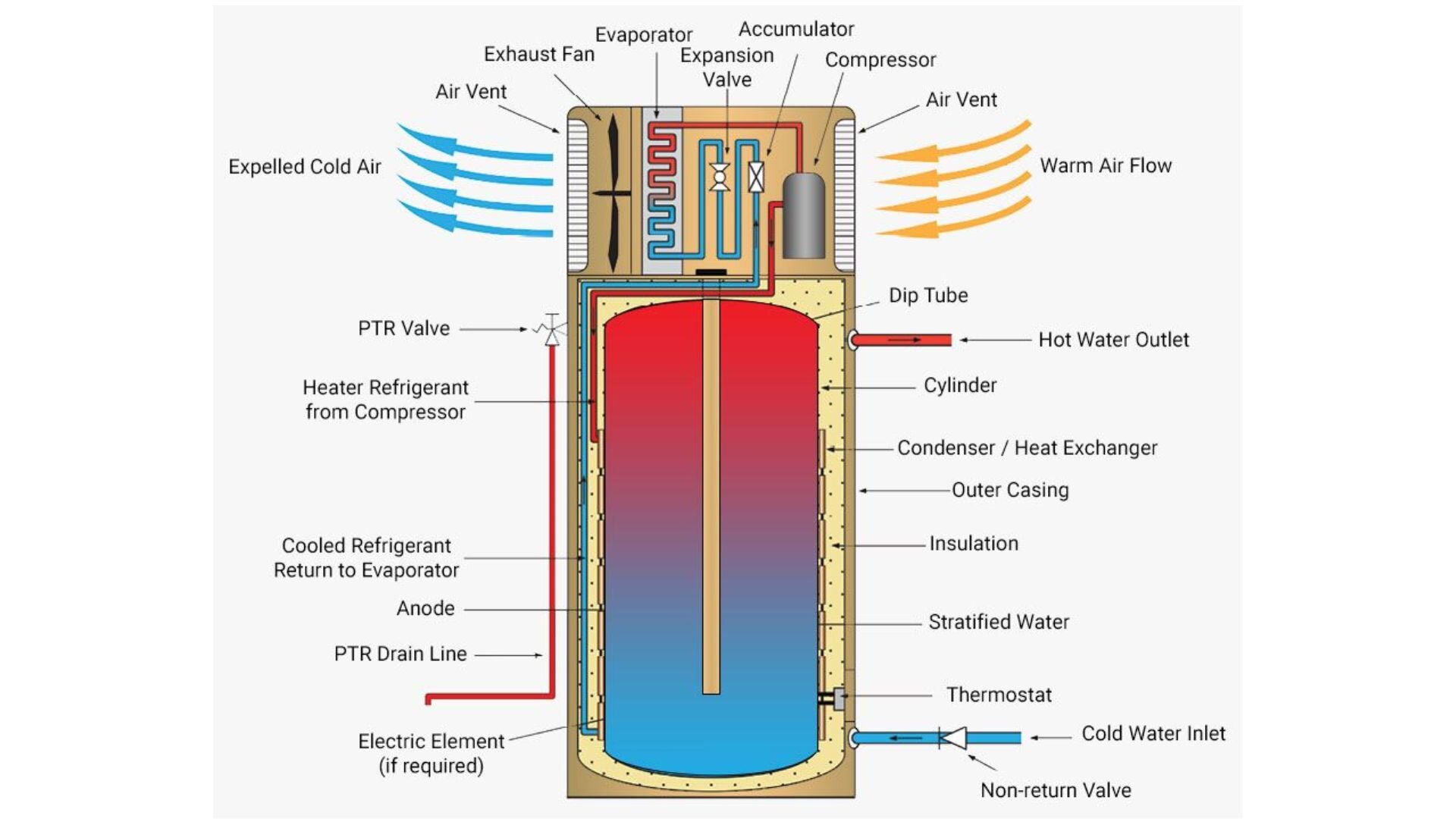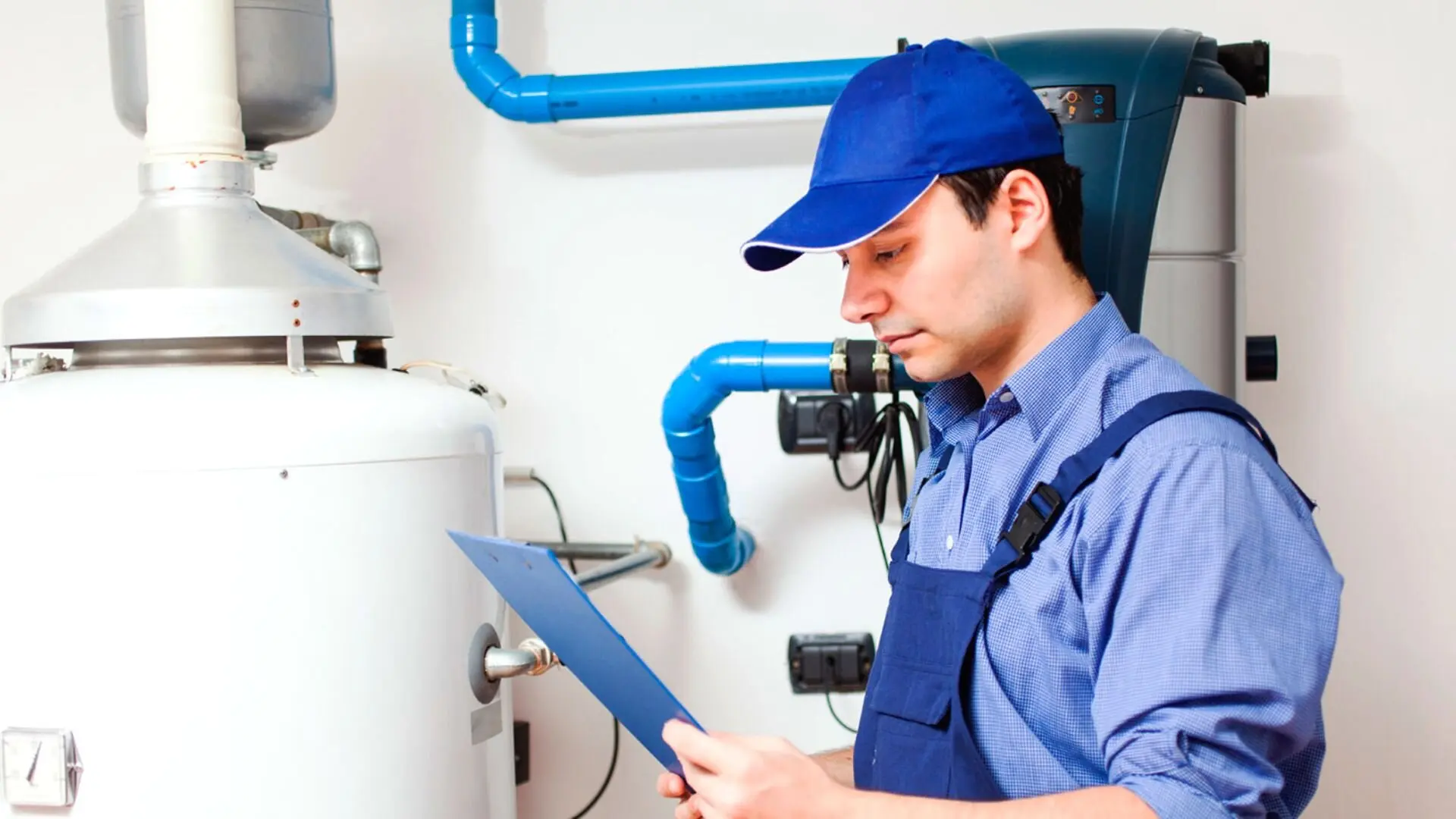If you’re comparing energy star ratings, you’ll find that electric hot water systems stand out as one of the most convenient and cost-effective ways to get steaming water at home. They’re up against gas or even solar systems in this regard.
Electric hot water systems are easy to install, last longer, and are suitable for large and small families. In case you’re planning to get electric water heaters installed, it is not only best to calculate how much hot water systems cost and their energy efficiency (Minimum Energy Performance Standards (MEPS) apply for electric hot water storage systems, gas hot water storage and instantaneous gas systems), but you must also learn how they function. This information can come in handy when looking for the best option for your family’s needs regarding an electric storage system and hot water heaters.
And for that purpose, we’ve shared this guide on the topic here to help you. So, let’s begin!
The Most Common Hot Water Systems

Hot water systems mainly differ by their power source and whether they store water. While many rely on gas or electricity, solar-powered systems have gained popularity recently thanks to their efficiency benefits.
The most advanced systems use heat pump water heaters, which are excellent options for utilising the latest technologies and renewable energy sources. Heat pump systems use 30% of the energy of a traditional electric hot water heating system.
You can also differentiate hot water systems based on whether they are instantaneous or utilise a tank. Instantaneous systems heat water as and when it is required and do not have any storage function. On the other hand, tank-based systems hold a specific quantity of water, and as the water is used up, the tank gets refilled.
Tank-Based Hot Water Systems
Tank-based hot water systems are your typical setup and still quite popular. They work by storing a large volume of water in an insulated tank. When cold water enters, it gets heated and stays warm until it flows to your taps. As you use hot water, the tank refills, reheats, and stands ready to deliver more hot water.
This storage tank contains hot and cold water, with hot water at the top. Due to this reason, the hot water outlet is located near the top of the tank. The burner or heating element is at the bottom, where the cold water enters the tank and gets heated instantly.
To maintain an uninterrupted hot water supply, the tank should be able to heat the cold water entering it faster than the hot water used. That’s why you require a thermostat that controls the burner, turning it on or off as needed.
Different tank-based systems are available, from 25-litre portable ones to 400-litre tanks used by large families. They can also vary depending on the construction materials and the insulation systems that enhance their efficiency.
Working Of Electric Hot Water Systems
As the name indicates, electric water heating systems require connecting the tank to the power supply. While smaller systems can be plugged into a regular outlet, the larger ones must be integrated into the electrical system.
Electric systems heat up using a nickel-chrome or copper element containing a wire. When the current flows through, the wire warms up due to friction, effectively warming the water.

Working Of Gas Powered Systems
Gas-powered systems need to hook up to natural gas or LPG. They feature a burner to ignite the gas, and a flue to vent waste gases. While quite efficient, bear in mind they tend to be pricier to install.
Working Of Instant Hot Water Systems
Instant hot water systems are also known as continuous or tankless systems since they do not have a tank for water storage. Continuous flow systems have a copper pipe placed inside a heat exchanger, through which water passes and is heated by a gas burner or electric element.
Continuous-flow water heaters are generally more efficient than tank-based ones since they do not require energy to maintain the water temperature in storage. However, purchasing and installing them can be very expensive.
Working Of A Solar Hot Water System
Solar water heating systems operate by using the sun’s energy to heat the water. They use different techniques. One of these involves installing solar panels on the roof, which transfer the heat to the tank, which stores the water.
Another option is to mount the tank on the roof, or run water through tubes near the solar panels to warm it up. These systems usually connect to gas or electricity too, just in case solar power takes a break.

Discover How An Electric Hot Water System Works
Now that you’re clued in on how electric hot water systems tick, picking the right one can be a breeze. Weigh up the pros and cons against your need for a trusty hot water source to find the best fit.
Also, it is highly recommended to consider various factors such as efficiency, maintenance, and the space required for installation before making a decision. Doing so will ensure you have the best experience and save a lot of hassle later.
If you need the expert opinion of a licensed and experienced local plumber about an electric hot water system, don’t hesitate to reach out to us. We can find your home’s best hot water system to fit your requirements and lifestyle. With our periodic water heater general maintenance, we can keep your hot water system last longer than it should.
On that note, we shall be wrapping up. Until next time!














